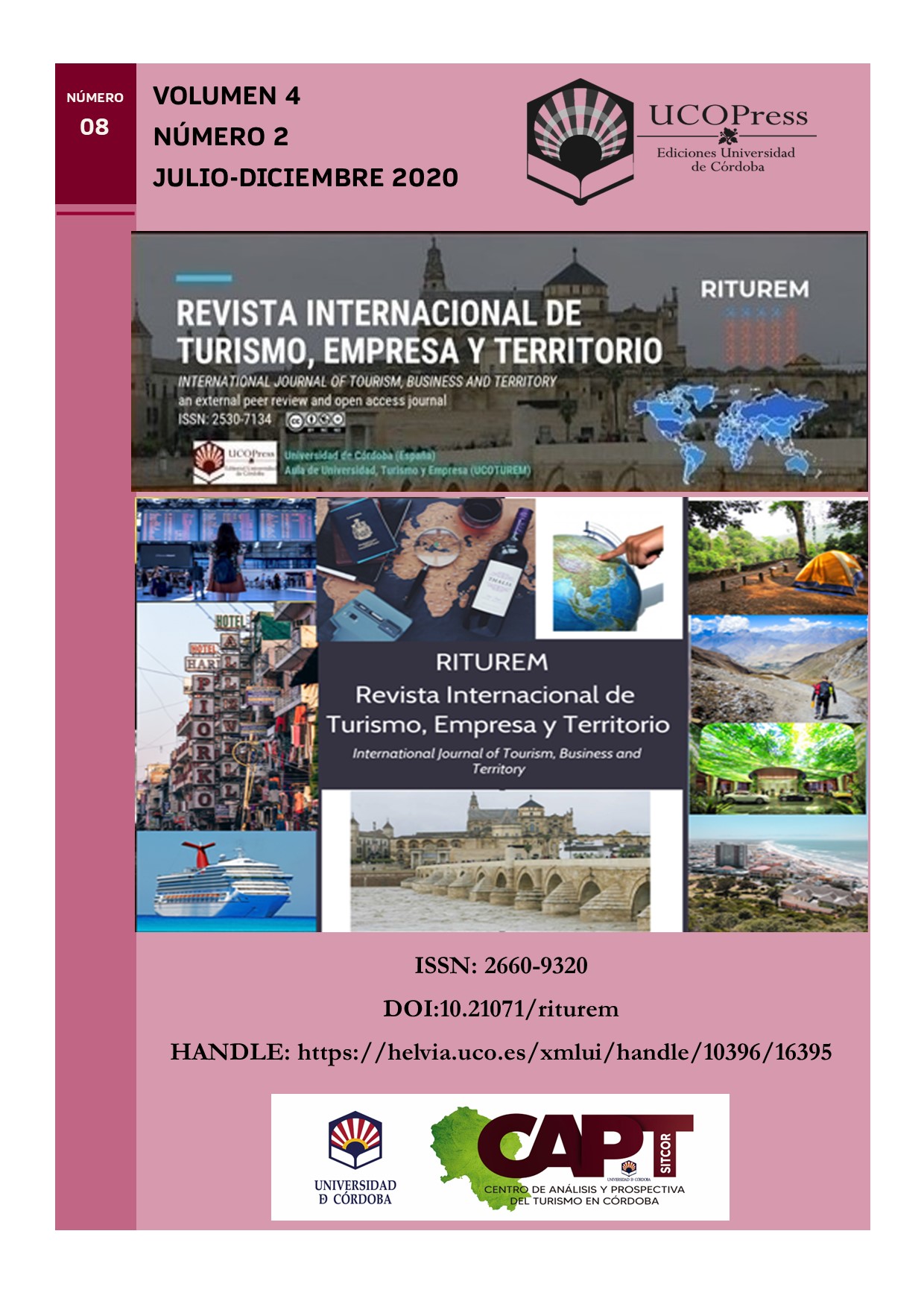Tourist-recreational potentialities of the nuclear heritage of southern Spain: a geographical vision
Main Article Content
Abstract
This paper analyzes with a geographical optics the nuclear heritage of southern Spain, which is concentrated in a set of territories that, linked to nuclear energy in different facets, present not a few possibilities for tourism development, which are attempted to identify in this research. These are territories whose strong rural exodus and its consequent depopulation, added to the dismantling of nuclear or uranium extraction activities and the excessive dependence on subsidies and public social assistance, along with the ballast that for the image of these territories , it represents their “nuclear past”, they have halted or suspended projects, that, of course, well focused, could have served to alleviate their current state of strong socio-economic depression and undertake some initiatives for sustainable development. Therefore, this study intends to glimpse the possibilities of generating activities and tourist-recreational products, environmental education, cultural and rural tourism and nature sports tourism that can properly insert these areas into national and international tourist markets, contributing thus to look for complementary formulas of development and generation of income for the rural populations that integrate them.
Keywords: nuclear heritage, rural tourism, tourist potentialities, Southern Spain.
Downloads
Article Details
Copyright Notices Proposed by Creative Commons
Proposed policy for journals offering deferred open access
Those authors who have publications with this journal, accept the following terms:
1. The authors will retain their copyright and guarantee to the journal the right of first publication of their work, which will be simultaneously subject to the Creative Commons Recognition License CC BY-NC 4.0 (Creative Commons — Attribution-NonCommercial 4.0 International — CC BY-NC 4.0 ) hird parties to share the work provided that its author and its first publication is indicated this journal and no commercial use is made.
2. Authors may adopt other non-exclusive licensing agreements for the distribution of the published version of the work (e.g., deposit it in an institutional telematics file or publish it in a monographic volume) provided that the initial publication is indicated in this journal.
3. Authors are allowed and recommended to disseminate their work over the Internet (e.g. in institutional telematics files or on their website) before and during the submission process, which can produce interesting exchanges and increase citations of the published work. (See The effect of open access: http://opcit.eprints.org/oacitation-biblio.html.
